In the competitive landscape of injection molding, enhancing efficiency and product quality is paramount. This article explores the integration of Smart Molding techniques and Cycle Optimization strategies in the manufacturing of ABS Nozzle, aiming to provide insights into achieving superior manufacturing efficiency.
Acrylonitrile Butadiene Styrene (ABS) is a widely used thermoplastic polymer known for its strength and durability, making it ideal for nozzle production. ABS nozzles are integral components in various applications, and their quality directly impacts the performance of the end products.
Smart Molding refers to the incorporation of advanced technologies, such as sensors and automation, into the injection molding process. This approach enables real-time monitoring and control, leading to improved precision and consistency in manufacturing. According to a study on intelligent injection molding, integrating sensing, optimization, and control methods can significantly enhance production efficiency and product quality.
Cycle time optimization is crucial for enhancing productivity and reducing costs. Key strategies include:
To effectively integrate these strategies:
Powsmart technology co, ltd implemented smart molding techniques by integrating sensors for real-time monitoring of temperature and pressure during ABS nozzle production. By optimizing process parameters and employing advanced cooling methods, they achieved a 15% reduction in cycle time and a 10% improvement in product quality.
Integrating smart molding techniques and focusing on cycle optimization are essential strategies for enhancing manufacturing efficiency in ABS nozzle production. By adopting advanced technologies and continuously refining processes, manufacturers can achieve significant improvements in productivity and product quality, maintaining a competitive edge in the market.Contact us at https://www.powsmart.com/contact-us/
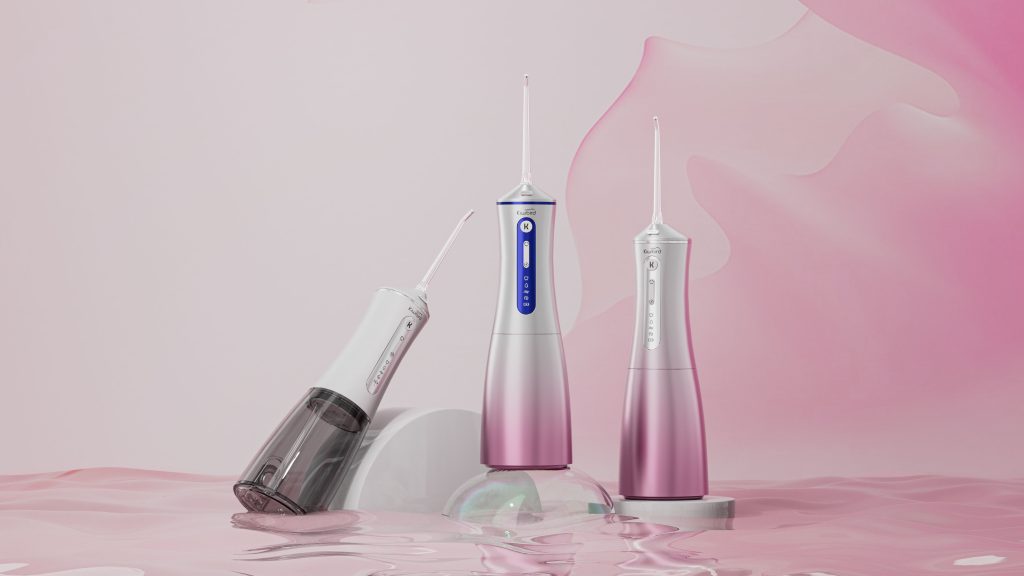
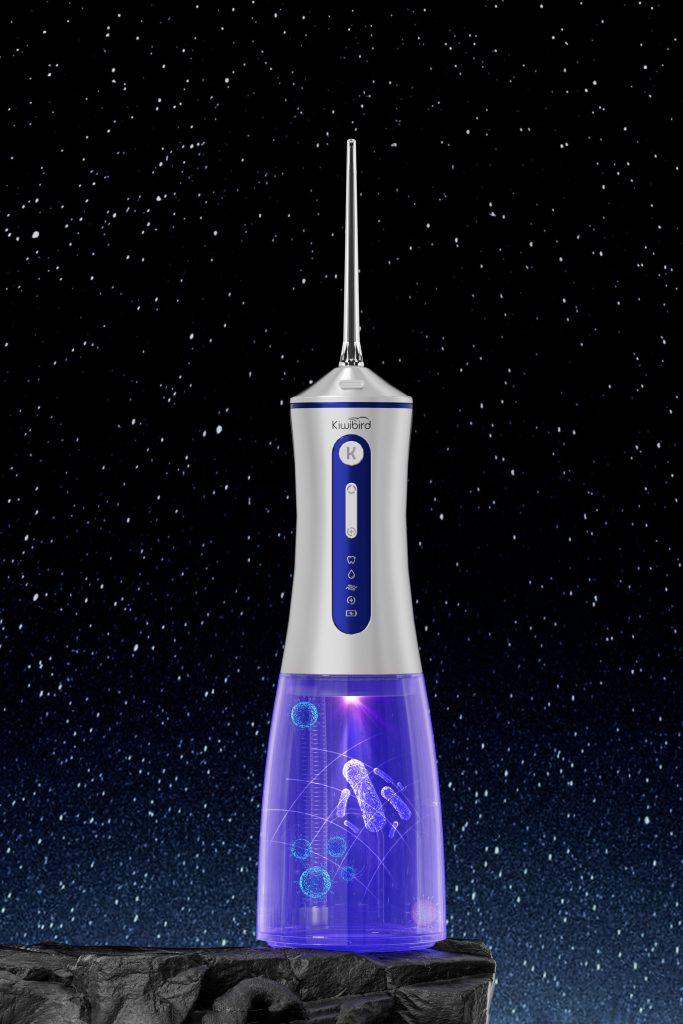
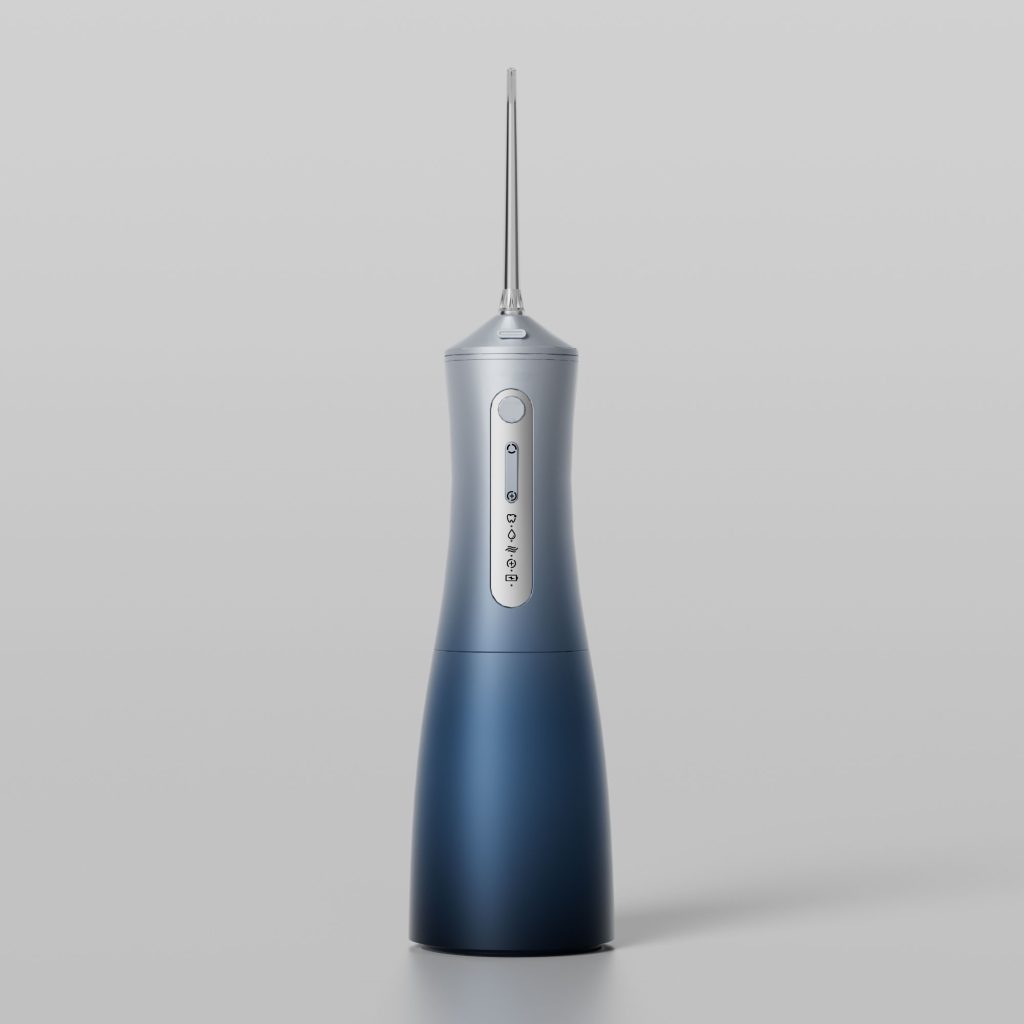
Electric Toothbrush Distributor New Brands Washington | Growing Partnerships

Modular Electric Toothbrushes: A Solution for Sustainability

What is the Proofing Process of Electric Toothbrush?
Whitening Rebound with Gel Crystallization – Preventable?
App-Enabled Toothbrush Bulk Orders | Smart Oral Care Solutions
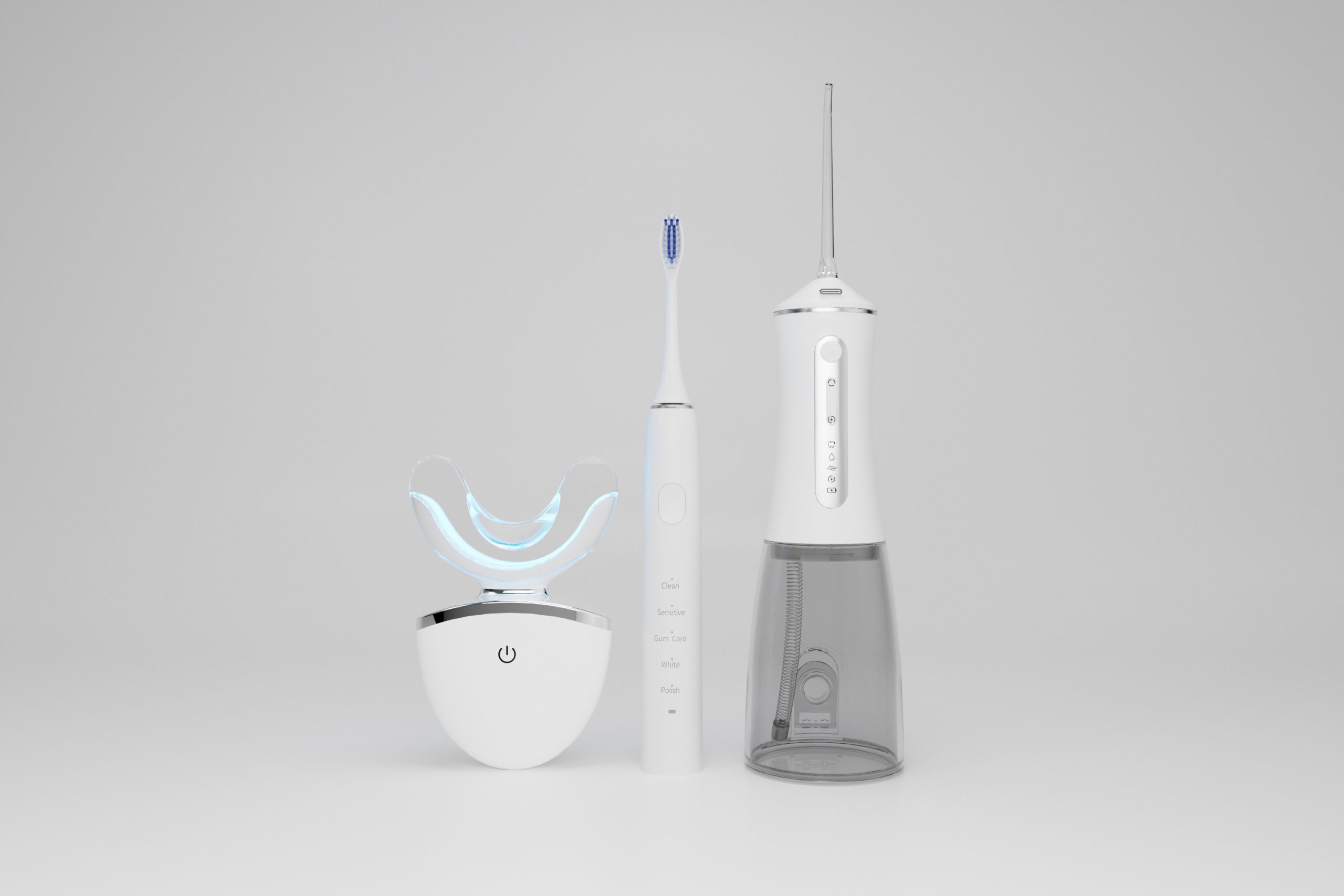
Oral Irrigator EMC Compliance & Thermal Suppression Solutions | Expert Guide
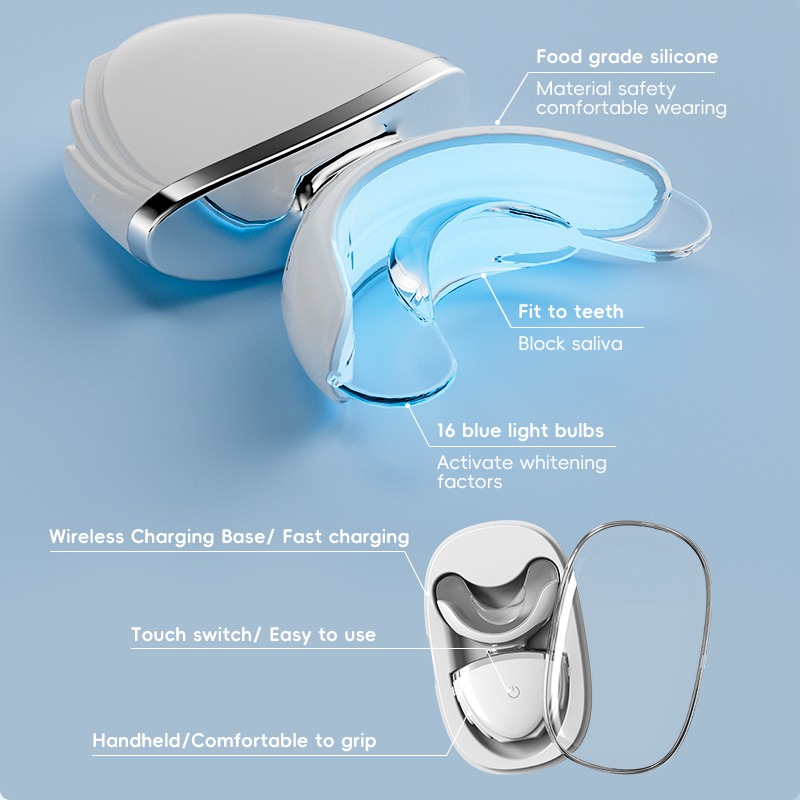
Market share and competitor analysis of Dental Masks
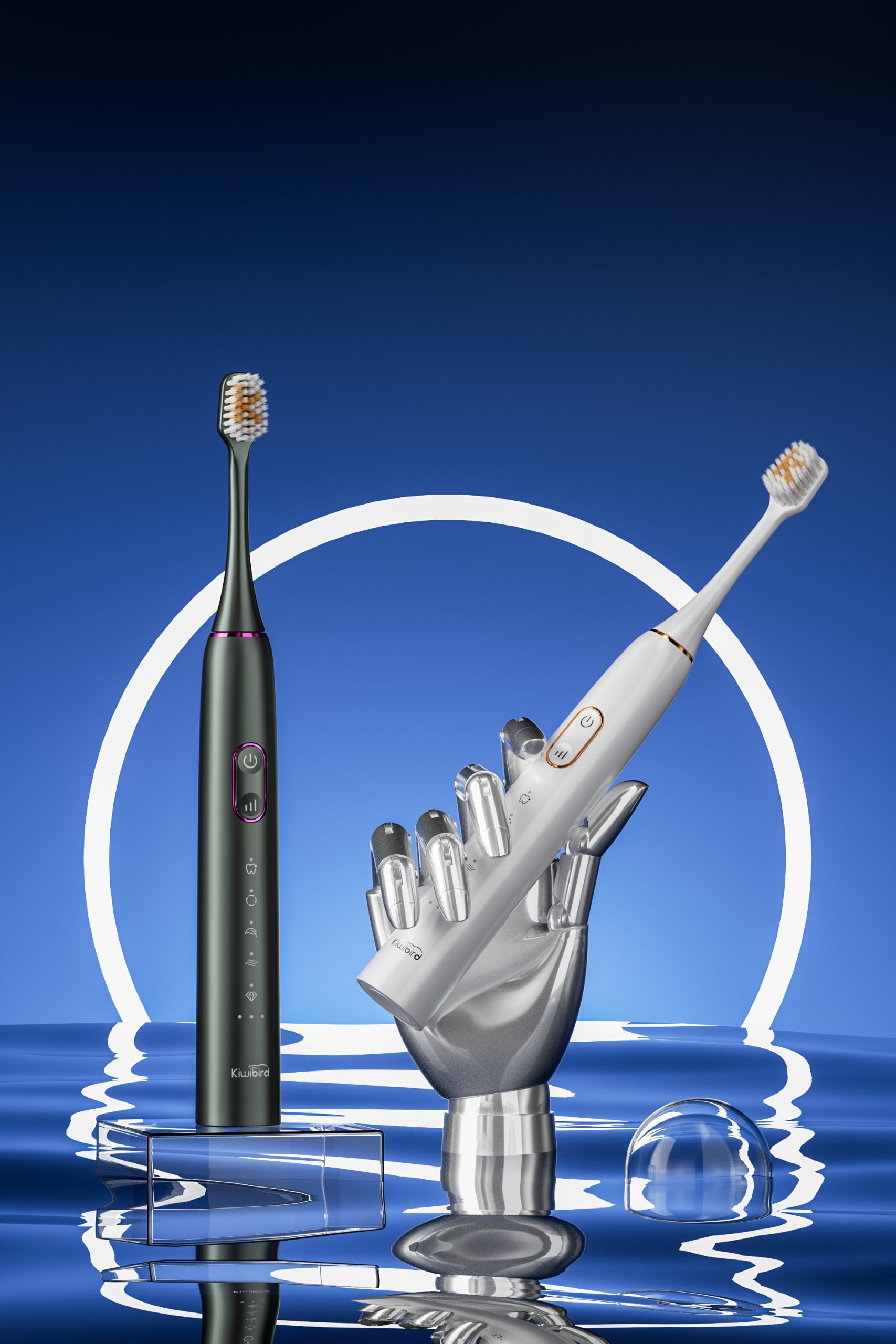
Long-Lasting Smart Toothbrushes: 90–250 Days Battery Life for Bulk Buyers

Retail Merchandising Tactics for Oral Care Products: Strategies for Brands Seeking Manufacturing Partners
How to Handle Temperature Spikes and Handle Slippage?
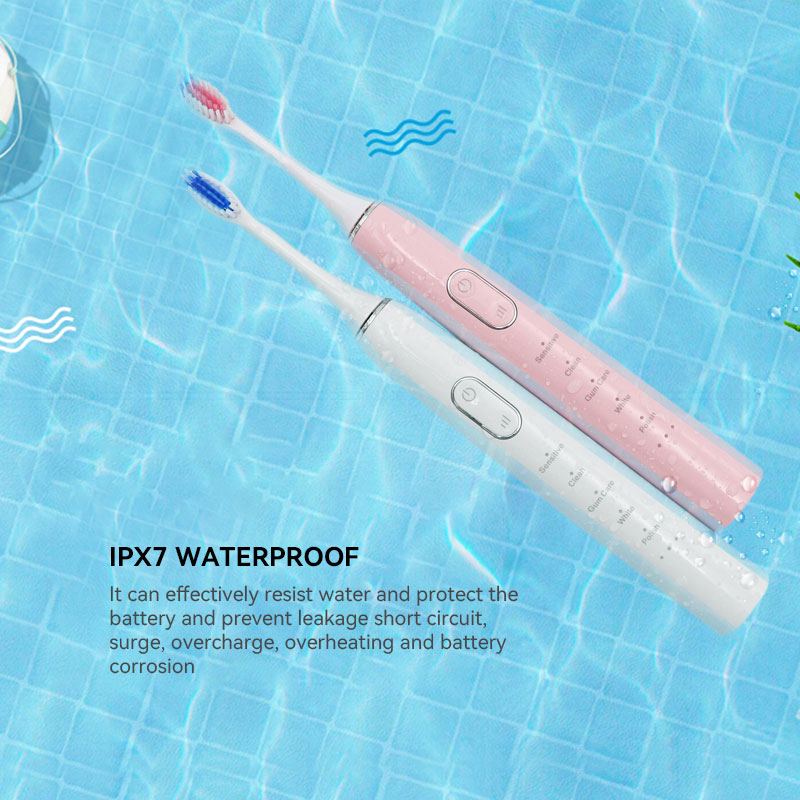
“Manual vs. Electric Toothbrush: Which is Better?”

Is Stain Removal Rotating Brush’s Motor Corrosion a Hidden Problem?
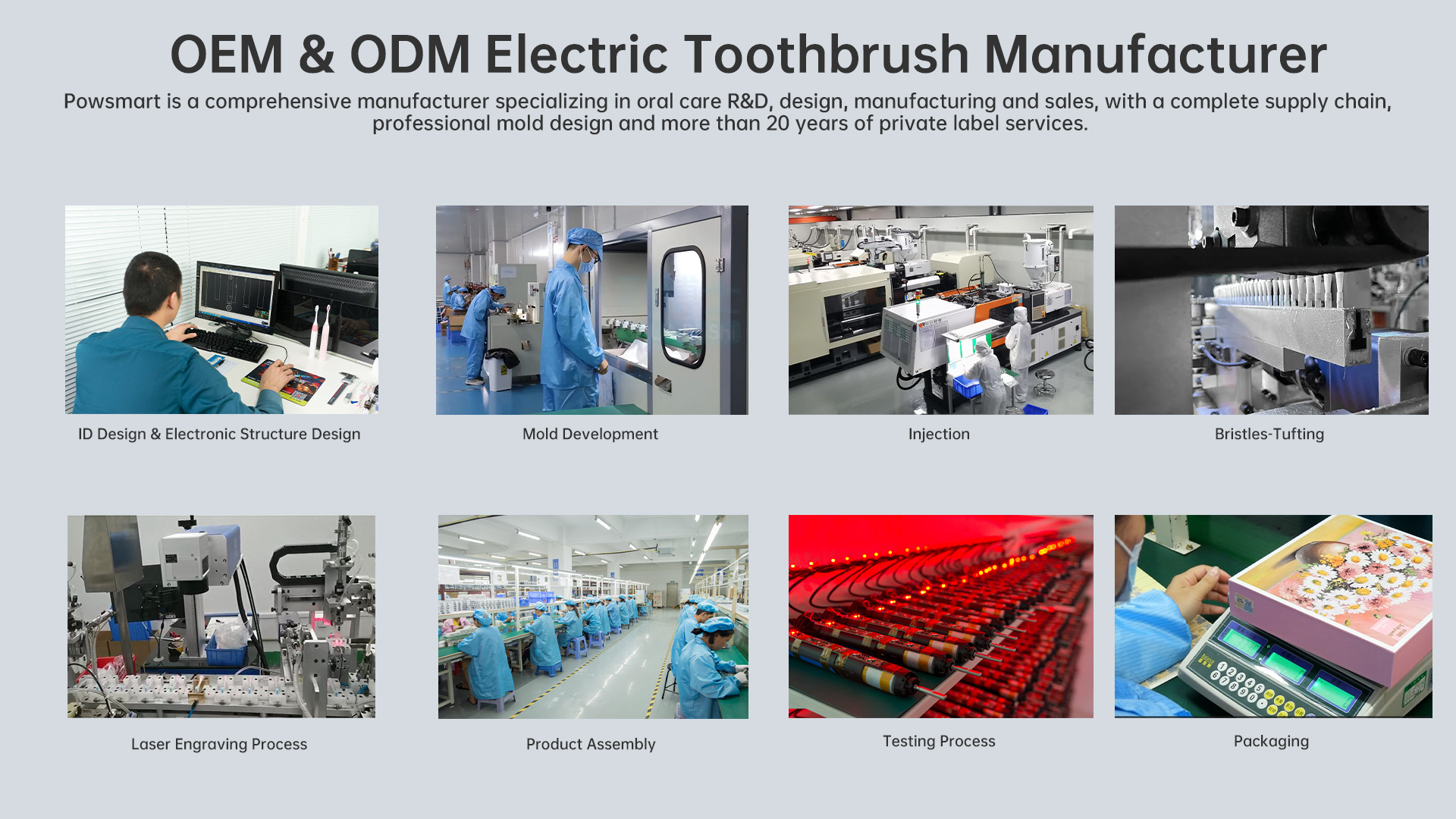
OEM Customization Solution for Water Flossers: Engineering Parameters Such as Water Tank Capacity, Nozzle Type, and Pressure Setting
.jpg)
Queens toothbrush store — should it honor Long Island deals? A B2B Playbook for Seamless Cross-Borough Promotions
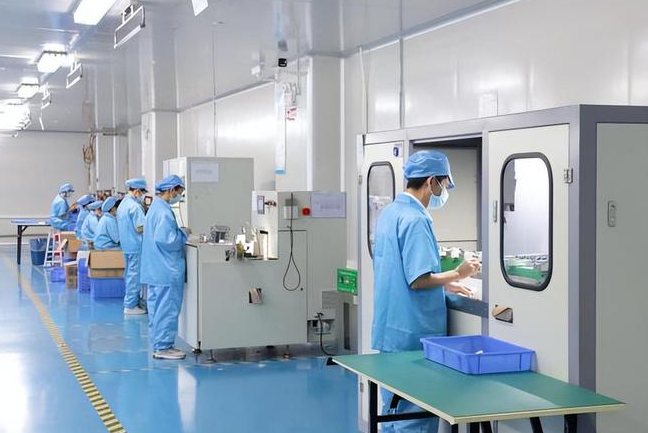
What’s the Difference Between Expensive and Cheap Teeth Whitening light?

How Important It Is to Whiten Your Teeth!

Electric toothbrush heads Charcoal Infused-Diamond

Private Label Whitening Gel
.jpg)
Florida Electric Toothbrush – Powsmart PTR-C8

Customization Teeth Whitening Gel

electric toothbrush heads Ultra Soft

electric toothbrush heads Charcoal Infuse-Round

electric toothbrush heads Regular Clean

electric toothbrush heads Deep Clean
whstapp
whstapp
National Toll-Free Service Hotline
+86 755 86238638